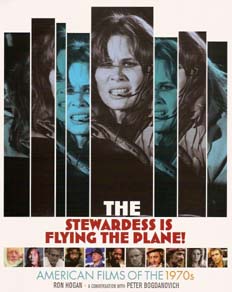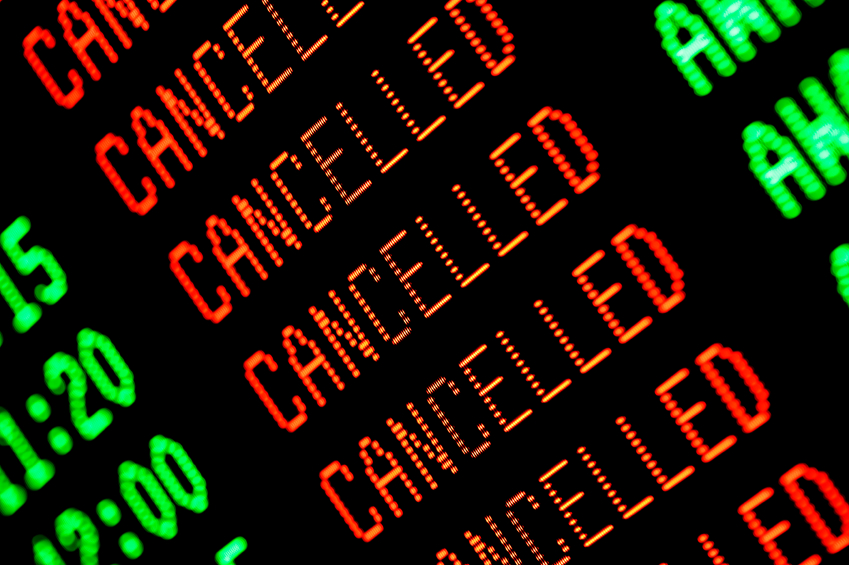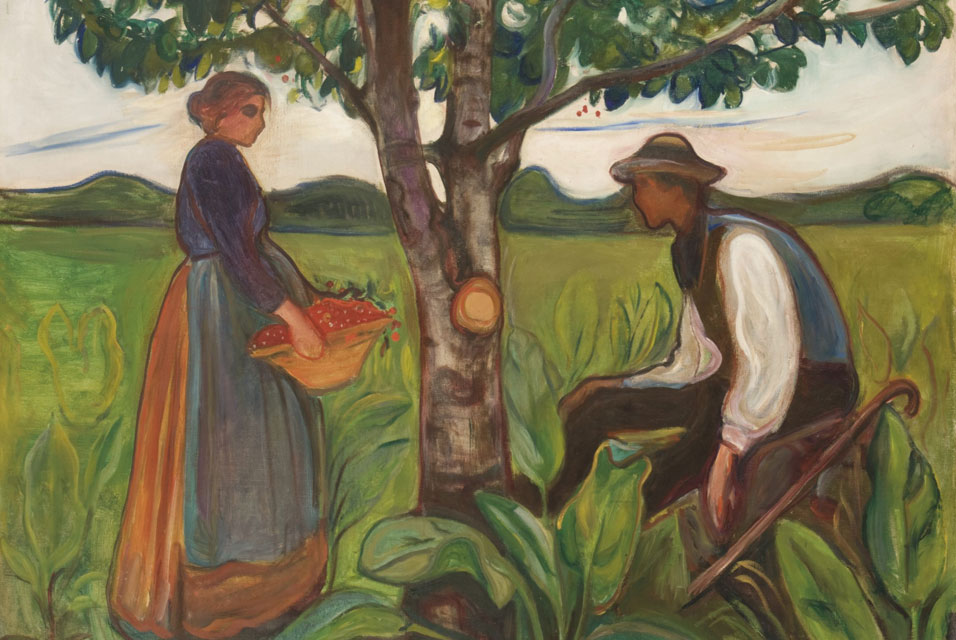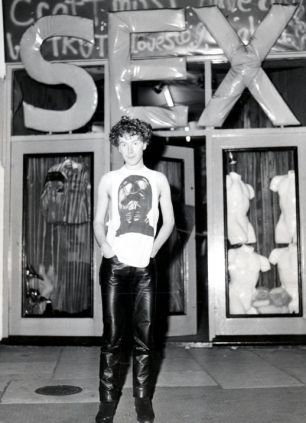
For contemporary movie-goers it might be tough to imagine a time before movies went on-location. But it wasn’t until the 1976 film ‘Rocky‘ hit the streets of Philadelphia that moviemakers really started to step out of the studio. To find out more about this explosive time in movie-making history, we chatted with Ron Hogan, curator of lit blog Beatrice, and author of ‘The Stewardess is Flying the Plane: American Films of the 1970s‘.
Museyon Guides: So Ron, before we get started, what’s the last movie you saw?
Ron Hogan: ‘The Vanishing’, the Dutch one from 1988
MG: Tell me about your book “The Stewardess is Flying the Plane”…
RH: If you remember the book, ‘Easy Riders, Raging Bulls,’ Peter Biskind did a great job of talking about five or six directors who had had a substantial impact on Hollywood in the 1970s and what they had done, but there weren’t necessarily a lot of surprises in that book. He was talking about people like George Lucas, Steven Spielberg, Francis Ford Coppola who all were recognized as master filmmakers and we knew about the kind of impact that their films had had. So one of my premises was: If these guys completely transformed Hollywood during that decade, what were the results of that? I wanted to open it up to talk about all sorts of films, 100s of different films that came out during that period and see what was going on in Hollywood.
MG: What were some of the decade’s big breakthroughs?
RH: I think you saw a real boom in location shooting, actually. There’s two key components of that, one is financial—as film studios increasingly began to divest themselves of their studio assets and focus on certain production and distribution elements, you saw filmmakers who were setting up independent production companies and shooting more and more on-location, rather than on a studio set. And also, by the mid ’70s, once a really viable Steadicam was in place that became a major boon to on-location shooting as well. When you could walk the camera around and hold it steady that was a major step forward as well.
‘Rocky’ was one of the first films to really take advantage of that, shooting entirely on location in Philadelphia.
MG: What are some other 1970s standouts when it comes to on-location films?
RH: This was a great period for on-location shooting in New York City, whether it was a low-budget film like ‘God Told Me To’ which Larry Cohen did in the early ‘70s. They basically crashed the St. Patrick’s Day parade without a permit and just dropped their actors into it and let the cameras roll.
Out in Los Angeles, Jack Lemmon’s ‘Save the Tiger’ … for the most part it was basically him wandering around Los Angeles over the course of the day.
MG: Can you think of any examples of location shooting gone wrong?
RH: There aren’t very many like that. In the 1970s remake of ‘King Kong’, instead of the Empire State Building, Dino de Laurentiis has King Kong climbing the World Trade Center Towers. I think critical reception varies as to whether that was a smart update or a cheesy one. That debate took place long before the towers we lost.
MG: How many films did you end up watching when researching the book?
RH: There’s about 350 photos in the book and all between the six months that I spent really actively researching the book and a lifetime watching movies growing up, there’s probably about 500 or so films that really informed that book.
MG: What were some of your big discoveries?
RH: ‘God Told Me To’ is definitely an amazing film to watch, and then there’s another film called ‘The Spook Who Sat By The Door’. It looks like a blaxploitation film on the surface but it’s incredibly politicized. It’s basically like ‘Shaft’ meets ‘The Battle of Algiers’. A lot of it is filmed on-location in Chicago and in Gary, Indiana, so again you’re getting this very distinct look that’s very different from the standardized Hollywood set look. It’s just an amazing document of ’70s politics, and urban politics in particular.
There’s also a film called ‘Space is the Place’, which stars the jazz musician Sun Ra as himself. It’s basically him walking around San Francisco and Oakland—it’s a pretty indescribable film, it has to be seen to be believed.
MG: The ‘70s are called the second golden age of film. What made it such a great time for American movies?
RH: There are two basic components, one of which is financial and one is cultural. On the financial side, studios were divesting themselves of certain holdings. At the same time they were looking at the money they were spending on films, and they had had some huge flops that they had paid millions of dollars for at the beginning of the decade. Any time you spend $25 million—and in 1970 dollars, too—and it tanks at the box office, you’re going to look for less expensive alternatives. A lot of these studios tapped young filmmakers who were just starting out and had maybe made one or two features for smaller production houses; they hired people like Bogdanovich, Coppola, Scorsese on the promise that you can makes us a good film for a lot less money. And the return on investment on those was really phenomenal.
For a while it was the case that ‘American Graffiti’ had the hugest return on investment compared to the less-than $1 million that it cost to make.
Culturally, it was a huge time of social and cultural upheaval. The ’70s was the decade in which what was radical in the ’60s becomes much more mainstream and acclimated into the culture. So things like the anti-authoritarian stance, the radical politics of the ’60s, the suspicion and outright distrust of the government which were viewed as outliers or fringe views in the ‘60s, by the mid-‘70s — once the full corruption of the Nixon administration had become pretty well established — it was no longer considered radical or outrageous to suspect that the government didn’t always have our best interests at heart. So there was that kind sense of cultural questioning or cultural uncertainty that allowed a lot of room for filmmakers to tackle a lot of interesting material.
MG: How does it compare to today?
RH: Up until the 1970s you did have this layered effect where there were the huge Hollywood blockbusters and then the smaller studios doing smaller movies. And that seems to have been replaced to a certain degree in today’s culture by the direct-to-DVD culture or cable channels who need original content, so they hire out a lot of original made-for-TV movies. Things like Lifetime movies or Sci-Fi original movies can sometimes provide the same kind of training ground that Roger Corman’s studio would have in the 1960s or ’70s.
To read more from Ron Hogan visit Beatrice.com or pick up ‘The Stewardess is Flying the Plane: American Films of the 1970s‘. For even more on where your favorite 1970s films were shot pick up Film+Travel from Museyon Guides.
 MUSEYON BOOKS Smart City Guides for Travel, History, Art and Film Lovers
MUSEYON BOOKS Smart City Guides for Travel, History, Art and Film Lovers


